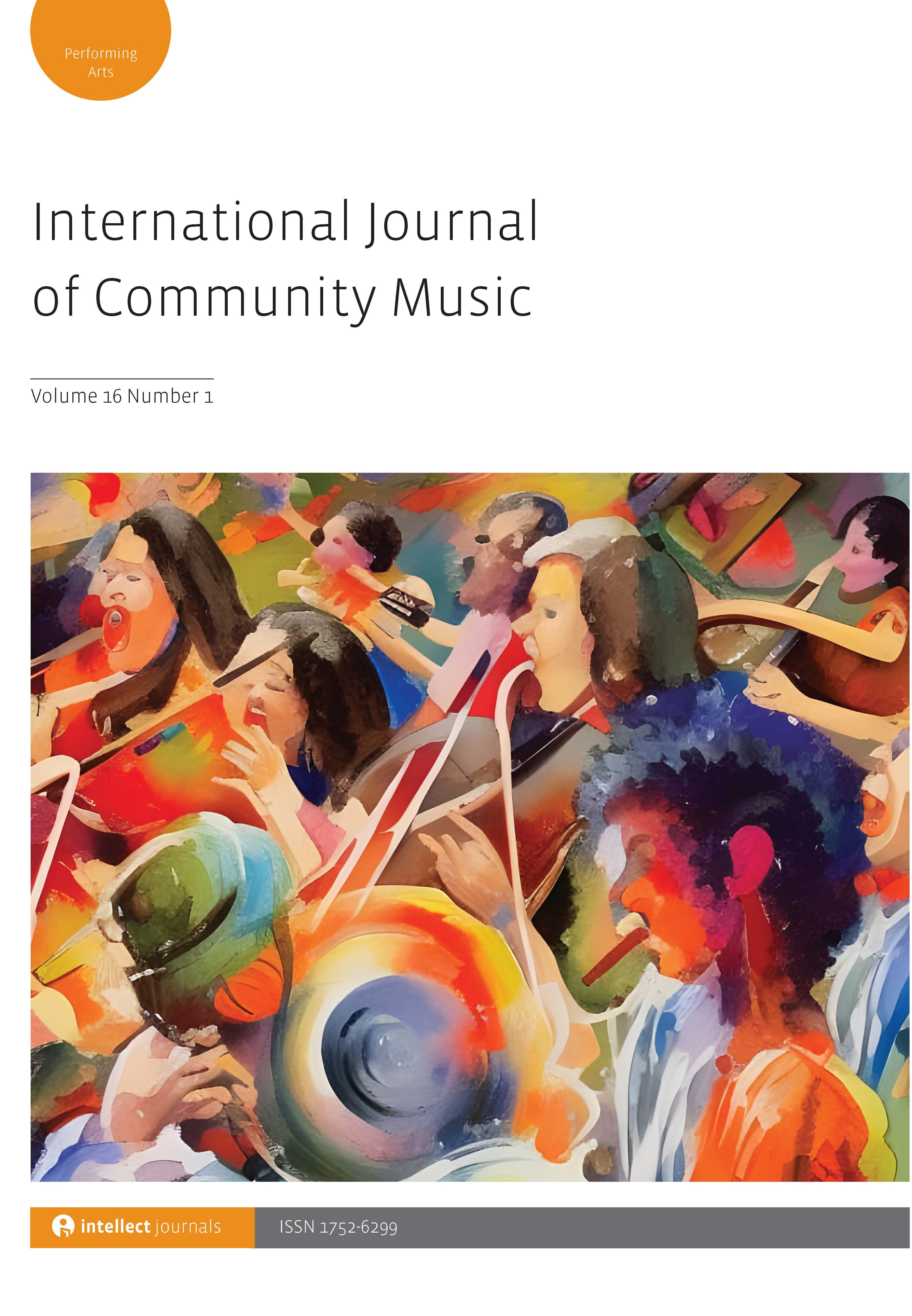
Full text loading...
 , Stefano Cavalli2
, Stefano Cavalli2 , Michele Biasutti3
, Michele Biasutti3 , Aaron Williamon4
, Aaron Williamon4
A significant number of studies suggest that engagement with music, in its different forms, can play an important role in terms of health and well-being for a diverse range of people, including older adults. Research focusing on the impact of these activities on the practitioners, namely the musicians carrying out the interventions, is at a more preliminary stage. This study investigated how tertiary-level music students experienced group music making with residents in nursing homes. A music team delivered ten weekly music sessions in four nursing homes, focusing on singing, rhythm-based activities with percussion instruments and listening to short, live performances. The team was composed of an experienced workshop leader, a researcher and nine student musicians enrolled in an elective seminar. Qualitative data were collected from the students through semi-structured interviews and oral diaries and analysed using thematic analysis. The results show that the overall experience had a positive impact on students in both professional and personal dimensions. The findings are discussed using the lenses of mutual recovery and the PERMA model of well-being.

Article metrics loading...

Full text loading...
References


Data & Media loading...

Publication Date:
https://doi.org/10.1386/ijcm_00054_1 Published content will be available immediately after check-out or when it is released in case of a pre-order. Please make sure to be logged in to see all available purchase options.